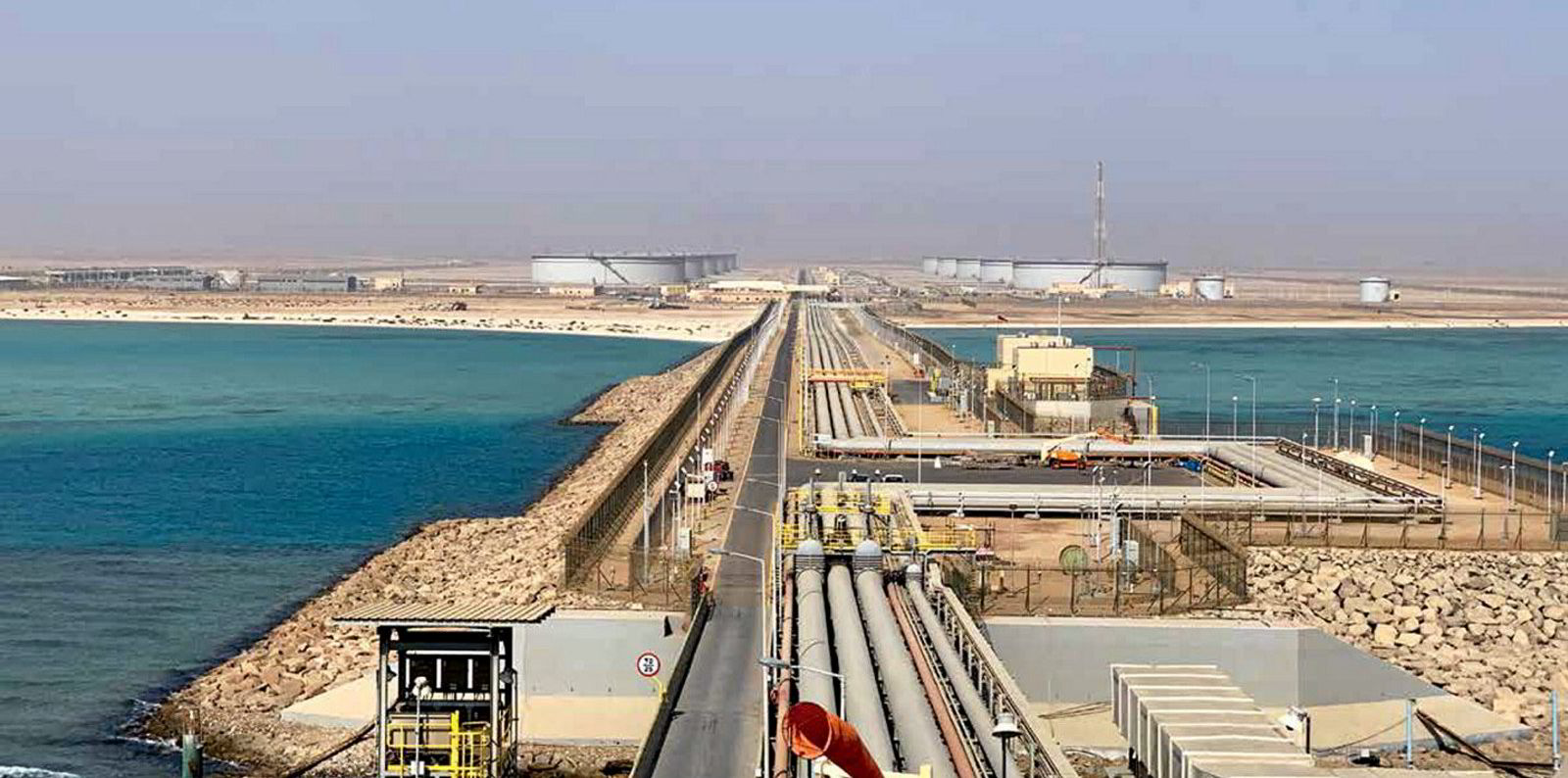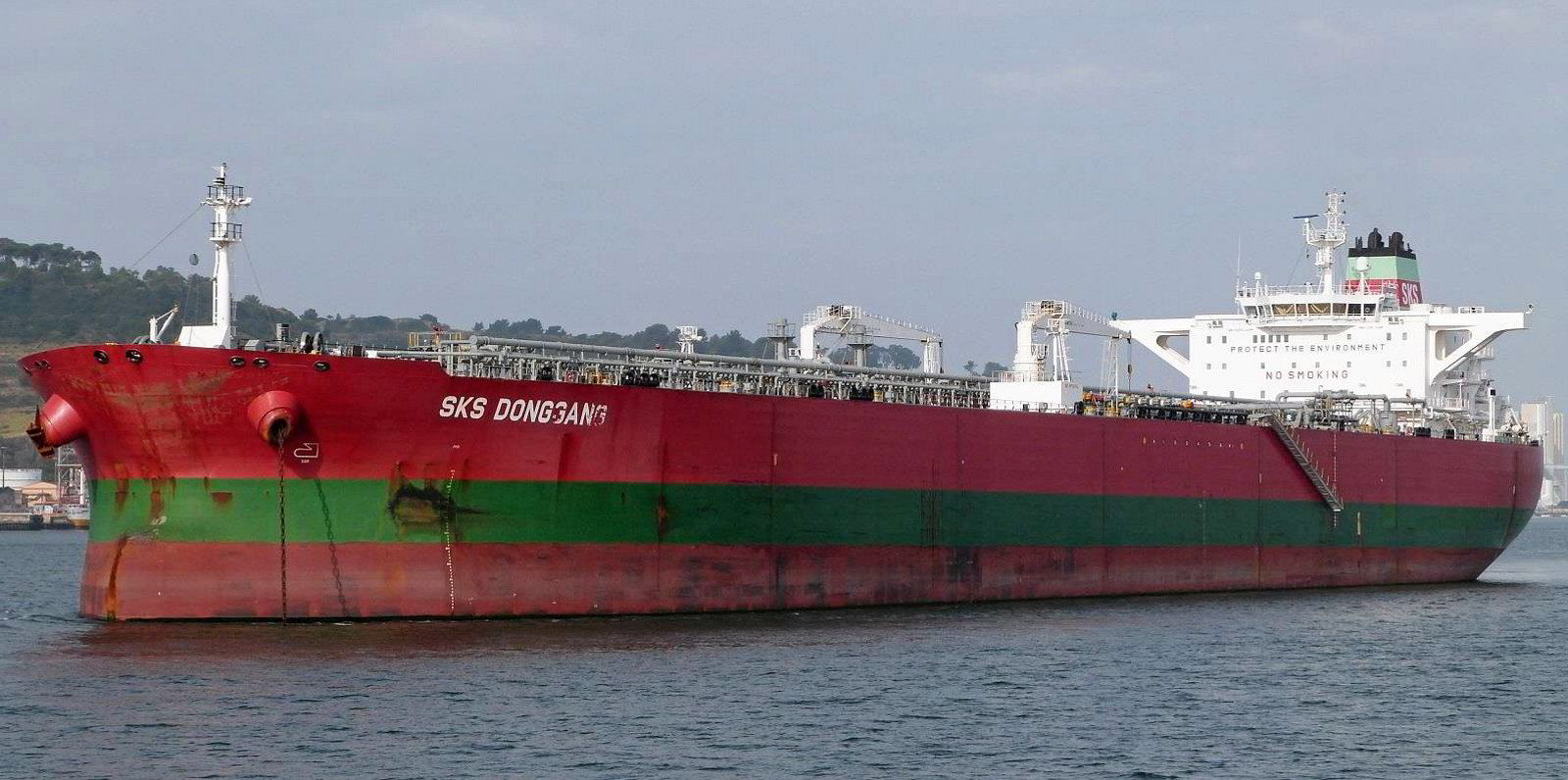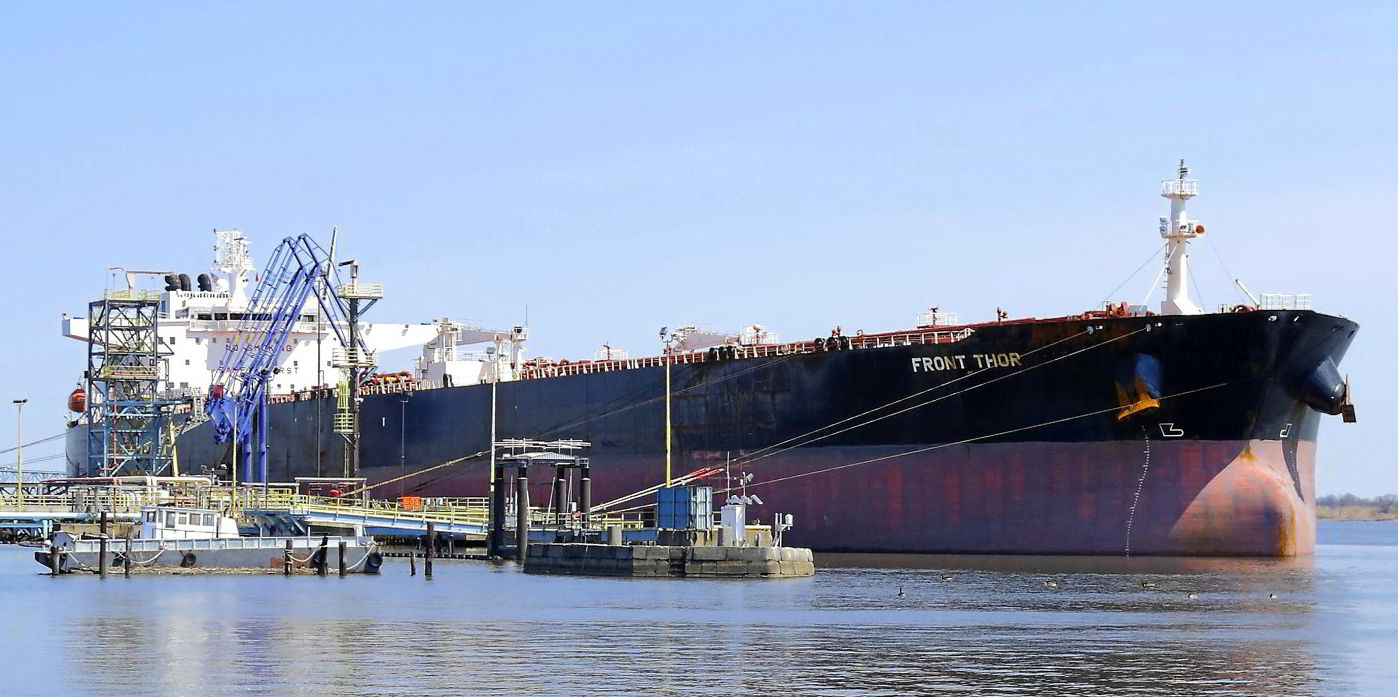The latest tanker explosion in Middle East has failed to move tanker rates by much, with the market’s focus firmly on the Opec+ meeting on 1 December.
News broke on Wednesday that the 107,000-dwt Agrari (built 2009), managed by TMS Tankers, was attacked while at berth in Shuqaiq on the Red Sea shore of Saudi Arabia.
A blast, possibly caused by mine, ripped a breach in the hull of Agrari, which had discharged fuel oil for power generation in the kingdom.
Similar incidents have occasionally boosted tanker earnings in the past, but market sources said the explosion has had muted impact on freight earnings so far.
The Baltic Exchange assessed spot VLCC earnings on the benchmark Middle East Gulf (MEG)-China route at $7,439 per day on Thursday, marginally up from $7,090 on Wednesday.
Average suezmax earnings decreased by $4 to $3,399 per day, while average aframax earnings increased by $423 to $4,071 per day.
As for product tankers, LR2 earnings on the MEG-Japan route fell by $1,328 to $11,084 per day and LR1 dropped by $651 to $7,867 per day.
“I did not see any impact on my side from this,” said a London-based broker.
Conflicts in neighbouring Yemen
Opec kingpin Saudi Arabic generally exports oil on aframaxes and product tankers from Red Sea, but the area has some of the main trading lanes for all sizes of tanker.
Nearby Yemen has been ravaged by a war between a Saudi-led coalition fighting Iran-backed Houthi rebels, who have been allegedly involved in a series of incidents lately.
On Monday, a missile hit an oil distribution centre in Jeddah, also located on the Saudi Red Sea shore.
The 105,700-dwt aframax Syra (built 2010) suffered damage to its ballast tank caused by a marine mine at Al Nashama terminal, Yemen on 3 October, according to VesselsValue.
But no owner is known to have begun to steer away from the region. “People are still willing [to go there],” said a commercial manager.
Security consultancy Dryad Global said the latest incident does not fundamentally alter the risk profile for vessels transiting the Red Sea.
“Whilst it is clear an incident has occurred it is vital that this is held in context,” Dryad said in a note.
“There are some 33,000 transits of the region with incidents almost exclusively limited to those vessels of Saudi flag and those involving vessels calling within Southern Saudi ports.
“There is a realistic possibility of incident but it remains unlikely.”
Weak tanker demand
There have been limited vessel employment opportunities in recent months, with the Opec and its Russia-led allies cutting back their production in response to weak oil demand during the coronavirus pandemic.
The Opec+ group agreed to reduce their combined crude output by 9.7m barrels per day (bpd) between May and July before hiking production by 2m bpd from August.
The major producers are scheduled to raise output by another 1.9m bpd from next January, and they will hold a virtual meeting on 1 December to hammer out the details.

But many analysts expect the Opec+ to delay the production hike, with weak-than-expected oil demand recovery due to lockdown measures in Europe.
Libya, exempt from the supply deal due to a civil war, has also raised output by 1m bpd since September amid progress in peace talks.
Assuming that the production hike goes ahead as planned, the pace of global oil de-stocking will plummet to 300,000 bpd next quarter from 3.2m bpd this quarter, Alphatanker estimates.
“Considering the above, we anticipate that Opec+ is likely to decide to delay the production hike towards the end of the first quarter, potentially until April,” the AXSMarine research arm said in a weekly note.
“A delay is undoubtedly bad news for the crude tanker sector and suggests that hire rates will remain under pressure for at least the next three months.”
Alphatanker also expects the Opec+ to schedule some production hikes between the third quarter of 2021 and April 2022, with brightened demand prospects following several successful vaccine trials.
“Although over the short-term the tanker market will remain extremely challenging, our outlook from the second half of 2021 onwards is now becoming more positive,” said Alphatanker, estimating that tanker demand could rise by three VLCC cargoes per day from next July.







